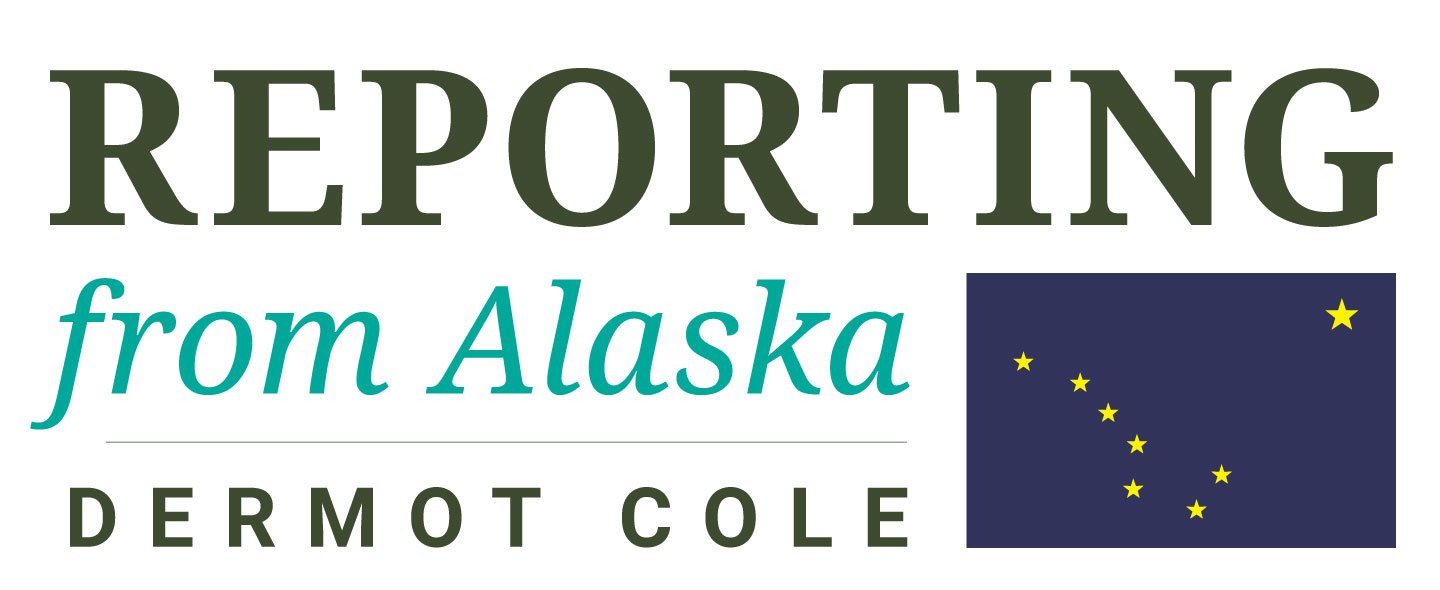Golden Age of Alaska math doesn't add up
“It’s morning again in Alaska,” says Sen. Dan Sullivan. It’s Christmas every day with Trump in the White House, says Gov. Mike Dunleavy.
“The Golden Age of America has begun,” says Rep. Nick Begich the Third.
The Golden Age of Alaska has suddenly collided with falling oil prices, the federal cavalcade of clowns, enormous investment risks from Trump’s global trade war and the lack of a state fiscal plan.
This puts everything from education to the economy at risk.
Alaska news organizations have to do more to point out that the math of state finances just doesn’t work with the pieces now in play—oil revenue, investment revenue, the size of the dividend and the need to support public education.
Alaska state government is founded on the notion that the governor is in the best position to set the table for the 60-member Legislature.
When the governor is checked out and the Legislature is closely divided, the system breaks down. There is no one to assemble the pieces.
A working governor would not have proudly introduced a budget with a $1.5 billion deficit and walked away—claiming a deficit is fine because he doesn’t like taxes. And the giant deficit is also fine because the gasline might happen and oil might boom. And that miracles happen.
Drifting aimlessly in this political and financial morass with no effort to create compromise is no substitute for leadership.
If we want to preserve a dividend of some size, perhaps $1,000, and provide public services a modern state needs, we need to raise oil taxes—there are two measures in the Senate to close the Hilcorp loophole and cut oil tax credits—and we need mining taxes, a personal income tax and an increase in the fuel tax. Some combination could be crafted with competent leadership.
The Legislature is divided into numerous competing factions, none of which are large enough to get a stable plan in place. The size of the Permanent Fund Dividend, the quality and delivery of state services and the ability or refusal to make unpopular, but necessary decisions about taxes all come into play.
We have far too many fiscal fantasists who won’t stop talking about the dividend, to the exclusion of everything else, and others who won’t put their careers at risk by raising taxes.
Legislators who won’t talk about taxes also won’t talk about how they would cut $1 billion or $2 billion.
Sen. Shelley Hughes wants big budget cuts, but as she writes here, “the big spending smarty pants will quickly jump in and say, ‘What would you cut?’”
It’s not just the big spending smarty pants who want answers.
Hughes claims she can’t identify anything to cut because she isn’t on the finance committee, but then she tossed out some inaccurate numbers and took refuge where every uninformed person always lands—calling for fixed across-the-board budget cuts on every program, including those that the state is obligated to pay and can’t be cut.
Fantasist Hughes says we don’t need taxes, PFD cuts, or withdrawals from savings. Taxes are bad because of the ROS, which Hughes says is the “return on stupidity.”
The complexities of the state budget are unknown to some legislators.
And to most of the people who live in Alaska, who hear all about the dividend and nothing about the choices necessary to preserve quality of life and make Alaska a good place for investment.
The votes for raising taxes aren’t there, in large part because of the fear of losing elections and because the governor, most Republicans and some Democrats won’t admit that the math doesn’t work, yet they refuse to do anything about it.
Your contributions help support independent analysis and political commentary by Alaska reporter and author Dermot Cole. Thank you for reading and for your support. Either click here to use PayPal or send checks to: Dermot Cole, Box 10673, Fairbanks, AK 99710-0673.
